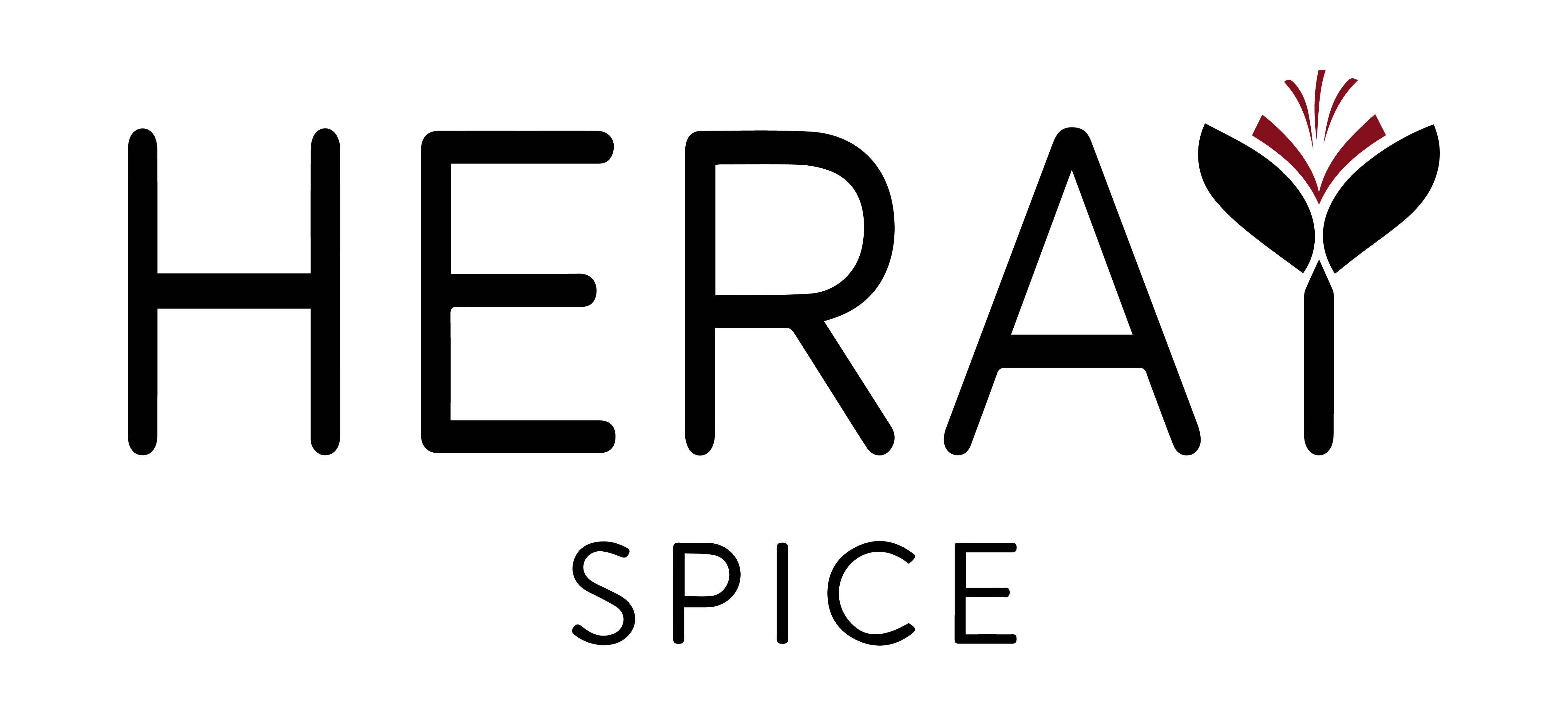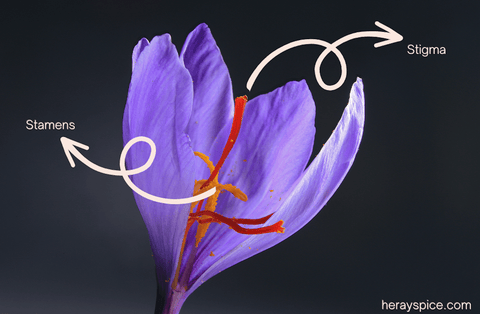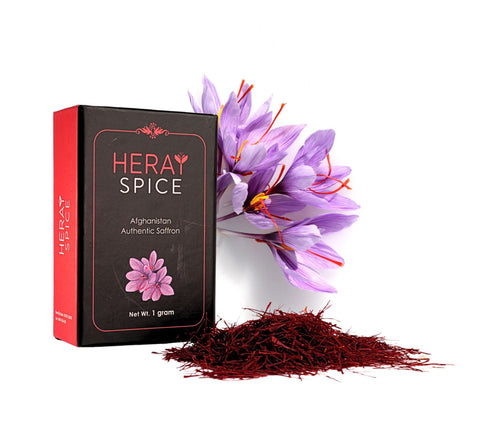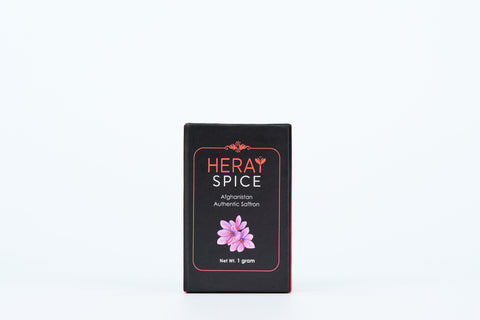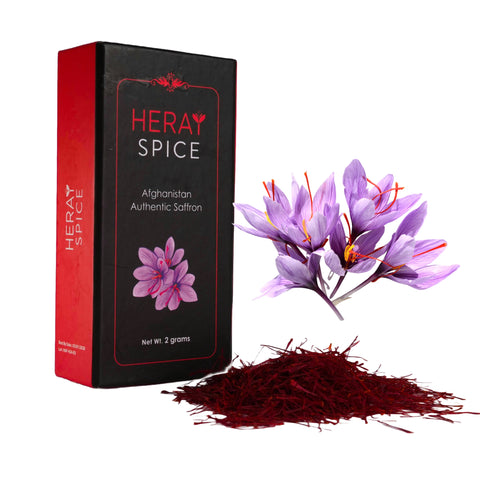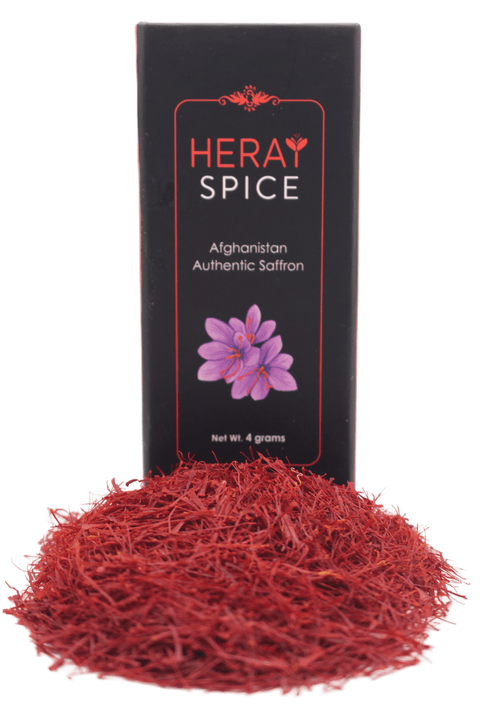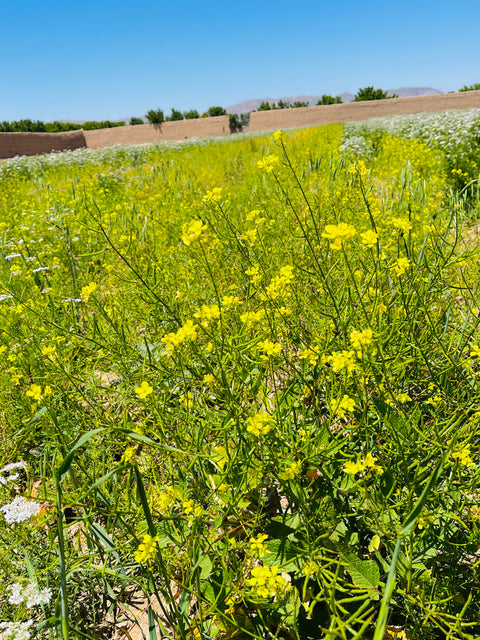Understanding the real vs Fake saffron is a question that most people face when buying saffron. In this post, I will deeply explain each aspect of saffron quality and methods on differentiating real vs fake saffron.
Fake saffron is mostly adulterants and foreign materials that are colored with red food coloring and sold as real saffron. The fake saffron has no flavor and have a metallic taste like chemicals. Fake saffron also smells like tabacco or chemical substances, it a sharp and unpleasant smell.
On the other hand, real saffron has a pleasant and strong floral smell, with a honeyed earthy taste. It has a mixed of sweet and bitter taste. It is an enjoyable essence of flavor that you are looking in saffron.
Saffron Threads are the Harvested Stigma of Crocus Sativus Flower

Saffron thread mostly goes as saffron spice is the stigma of autumn crocus flower. Each flower of the crocus Sativus plant only three to five stigmas at a time. On average, it takes 150,000 flowers to product 1 kilo gram (two pounds) of saffron spice. To make it easier, for your 3-person paella dish, that pinch of saffron, roughly 25-ish stigma came from 8 different flowers of crocus.
Saffron and its flower are used in food and many other applications. Saffron is a cultural integral part of Greeks, Afghans, Spanish, Latinos, French, Persians, Arabs, Asian and many other cultures and heritages around the world. Not only saffron is used in food, but also it has an extensive usage for ailments including asthma, depression, cough, heartburn, insomnia, cardio-vascular, Alzheimer’s disease, and dry skins.
Some cultures use saffron extracts as perfume, hair-dye, cloth-dye, and sprays for food.

How Is Saffron Cultivated?
Saffron is cultivated by it is corm also known as (Saffron Bulb). Depends on the region and weather, but best planting time for saffron is September or October. According to Dutch Grown “Pick a spot in your garden that has well-draining soil and gets full sun. Plant the saffron crocus bulbs about 2-3” deep and 3” apart, placing them in the ground with their pointy ends up and the 'hairy' skin down. Water well once and wait 6-8 weeks for the flowers to bloom.”
Saffron is a perennial plant, meaning it can last for many years under the soil and can have multiple harvests in its lifetime. Preferably you want to get the bulb out of the soil after fourth year. This will give the soil a break to rejuvenate, and it prevent the saffron initial corm from decomposing.

What does fake saffron look like?
Saffron is often adulterated with other materials such as turmeric, paprika, and marigold petals. These materials can be added to saffron to increase its weight, and as a result, the overall cost of the product. In addition, saffron may also be mixed with corn-silk, safflower, and dried aged beef. The mentioned materials are dyed with red food coloring to make them look like saffron. It is important to purchase saffron from reputable vendors to ensure that it is pure and of high quality.
What are Negin, Sargol, Pushal types of saffron?
These are Persian words that are used by farmers to categorize the quality of saffron.
Negin saffron refers to the highest quality of saffron, which is characterized by long, thick, and unbroken red stigmas. These stigmas are considered to have the highest concentration of the flavorful and aromatic compounds that give saffron its unique taste and smell.
Sargol saffron, on the other hand, is a grade of saffron that only consists of the red stigmas, with no yellow or white parts. It is considered to be a higher quality than "konge" saffron, which includes all parts of the saffron flower. Sargol saffron also has a higher concentration of the key compounds that gives saffron its color and flavor.

Pushal saffron is a type of saffron that includes not only the red stigmas (like Negin and Sargol saffron) but also a small portion of the surrounding yellow style. It is considered to be of lower quality than Negin or Sargol saffron, but still considered as a premium quality. This type of saffron is considered to be less expensive than the purest grades of saffron, as it contains a lower concentration of the flavorful and aromatic compounds found in the red stigmas. Pushal saffron is commonly used in cooking and as a food colorant as well as in traditional medicine.
Both Negin and Sargol are considered the best quality of saffron and are used for culinary and medicinal purpose. And at Heray Spice we only sell Negin and Sargol saffron.

How is Saffron Harvested?
Saffron is only harvested in autumn from circus flowers. The process of saffron harvesting is entirely by manual. Saffron is usually harvested during November to December of each year. The Crocus flower has one yellow stamen and three to five red stigmas which are the saffron threads. Early in the morning, get the flower out of the plant. Then, the stigmas must be plucked and dried for at least 12 hours. Finally, they are packaged in different amounts. It is this labor-intensive harvesting process that makes saffron expensive.
The entire process of harvesting and processing is by hand, and it is very labor intensive. The process of harvesting is happening before saffron goes to drying. This is because the finished product (saffron sticks) is fragile and delicate and can break in the flower if flowers and sticks are dried first.
Saffron threads are consisting of yellow stamens and red stigmas. It is perfectly normal to see few yellow pales in your saffron jar. Too many of yellow sticks are a sign of poor quality. Based on our experience the deep red with yellow tips are the best saffron.
The dried stigmas are then sorted by quality and packaged for sale. The whole process is very delicate and requires skilled and experienced workers. The yield of saffron from each flower is very low, making saffron one of the most expensive spices in the world.
The process of collecting the flowers is happening in the farms, and then we bring the flowers in our facility in Herat Afghanistan. On average we employee 30 women during the season of saffron harvest. Instead of farmers process the saffron at their homes, we hire seasonal employees to process and make the threads out of the flower in our facility. This isa great food safety measure that we do at Heray Spice. This decreases the chances of yeast, E. coli, and other contamination getting in the saffron. This way we can better control the quality and safety of our saffron from start to end.

What Are Crocin, Safranal, and Picrocrocin?
Crocus sativus, the saffron crocus, contains several chemical compounds that contribute to its color, flavor, and aroma. The most important of these compounds are crocin, safranal, and picrocrocin.
Crocin is responsible for the characteristic red color of saffron. It is a carotenoid pigment that absorbs light in the yellow-green portion of the spectrum.
Safranal is responsible for the characteristic aroma of saffron. It is a volatile compound that is released when the saffron stigmas are dried. It has a distinct hay-like and honey-like aroma.
Picrocrocin is responsible for the characteristic bitter taste of saffron. It is a glycoside of crocin that contributes to the unique flavor profile of saffron.
In other words, the scientific name for color of saffron is Crocin. It measures the darkness of red stigma in saffron. In other words, how red is the saffron? Generally, the redder, the better color saffron will give to your food and other applications. Safranal is the part of saffron stigma that is responsible for aroma of saffron. This gives the saffron the floral aroma. Some of our farmers believe that the yellow part of saffron stigma adds more aroma to the threads. Picrocrocin is the compound of saffron that is mostly responsible for taste of saffron.
These three compounds are the major contributors to the unique characteristics of saffron. They are also the compounds responsible for saffron's medicinal properties.

Image by ResearchGate
Is there an ISO scientific test or method for measuring saffron quality?
The International Organization for Standardization (ISO) is an independent, non-governmental international organization that develops and publishes standards. These standards provide guidelines and specifications for products, services, and systems to ensure that they are safe, reliable, and of good quality. ISO is based in Geneva, Switzerland and it has a membership of 162 national standardization bodies.ISO's mission is to develop international standards that provide solutions to global challenges.
These standards cover a wide range of industries and sectors, including agriculture, construction, energy, environment, healthcare, information technology, and transportation. The organization's standards are voluntary and are not legally binding, but they are widely used and recognized by governments, businesses, and organizations around the world.
ISO's standards are developed through a consensus-based process involving experts from around the world. This process ensures that the standards are relevant, practical, and widely accepted. Some of the most well-known ISO standards include ISO 9001 for quality management systems, ISO 14001 for environmental management systems, and ISO 27001 for information security management systems.
Yes, there is an ISO test for measuring saffron quality, specifically ISO 3632. It is an international standard that establishes a method for the determination of the color strength and color differences of saffron.
The standard is divided into 4 parts and specifies the requirements and test methods for saffron of different types, such as powdered saffron, whole saffron, and saffron extract.The standard determines the quality of saffron by measuring the color strength, which is measured by the concentration of crocin, one of the main pigments in saffron.
The color strength is measured using a spectrophotometer, and it is expressed as the "Color Strength Value" (CSV). The higher the CSV, the higher the quality of the saffron. The standard also specifies the maximum limit for the presence of other substances in saffron, such as flowers, stems, and foreign matter.ISO 3632 is widely used as a reference to test the quality of saffron and to ensure that it meets the international standards.
It is important to note that ISO 3632 only test for the color strength of saffron, however, other factors such as aroma and flavor should also be considered when evaluating the overall quality of saffron.

Image by ResearchGate
What are the quality metrics of saffron using ISO 3632?
ISO 3632 categorizes saffron quality into four categories based on the color strength value (CSV). The categories are:
- Category I: Saffron with a CSV of 190 or above. This is considered to be the highest quality saffron, with the deepest red color and the strongest aroma.
- Category II: Saffron with a CSV between 150 and 190. This is considered to be good quality saffron, with a good red color and a strong aroma.
- Category III: Saffron with a CSV between 110 and 150. This is considered to be of lower quality, with a less intense red color and weaker aroma.
- Category IV: Saffron with a CSV below 110. This is considered to be of the lowest quality, with a weak red color and a very weak aroma.
It is important to note that the ISO 3632 standard only provides a measure of the color strength of saffron, and other factors such as aroma and flavor should also be considered when evaluating the overall quality of saffron.

As you can see in the above lab result, at Heray Spice, we only sell ISO category I saffron with color strength of 290+ which is 100+ points above ISO category Grade A quality.
This post explains the difference between real and fake saffron. Fake saffron is often adulterated with other materials and colored with red food coloring, and has no flavor or aroma. Real saffron has a strong floral smell, a pleasant honeyed earthy taste, and a mixture of sweet and bitter taste. It is important to purchase saffron from reputable vendors and to consider aroma, taste, and color strength when evaluating the overall quality of saffron.
